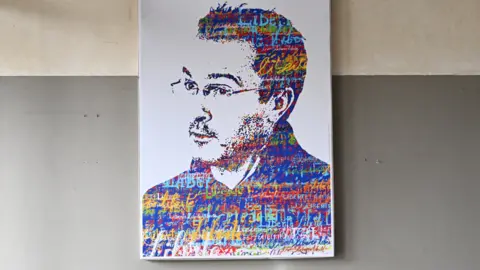Eight sentenced in France for actions that led to teacher beheading
 Reuters
ReutersA French court has sentenced seven men and a woman to prison for their roles in a hate campaign that led to the October 2020 murder of schoolteacher Samuel Paty in a Paris suburb.
The sentences handed down range from three to 16 years.
The attack took place following social media posts that falsely claiming Paty had shown his students obscene pictures of the Prophet Muhammad during a lesson on free speech.
Chechen-born radicalised Muslim Abdoullakh Anzorov murdered Samuel Paty, a history and geography teacher, at a secondary school in the Parisian suburb of Conflans-Saint-Honorine.
Anzorov was shot dead at the scene by police minutes after killing the 47-year-old.
He was fired up by claims circulating on the internet that a few days earlier Paty had ordered Muslims to leave a class of 13-year-olds, before displaying the images of the prophet Muhammad.
In fact, Paty had been conducting a lesson on freedom of speech, and before showing one of the controversial images first published by the Charlie Hebdo magazine, he advised pupils to avert their eyes if they feared being offended.
In the absence of the killer, this trial was of people who provided him with support, moral or material.
Over seven weeks, the court heard how a 13-year-old schoolgirl’s lie span out of control thanks to social media.
Among those sentenced on Friday were Brahim Chnina, the schoolgirl’s father.
Chnina started an online campaign against the teacher and enlisted the help of a radical Islamic activist Abdelhakim Sefrioui, who has also now been convicted.
Two friends of the killer who were with him when he bought weapons were also found guilty, as were four people with whom he shared messages on a radical chatline.
The defence had argued that none of the eight had any idea of Anzorov’s intentions, and that their words and actions only became criminal when he carried out his act.
But the judge decided that the absence of foreknowledge was no defence, because what they did had the effect of incitement.







